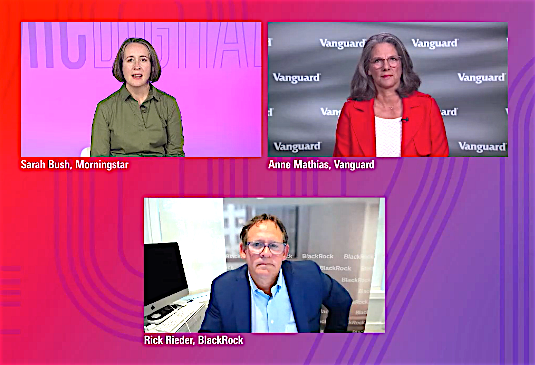
Searching for Yield? Here’s Where to Look
Bond gurus Anne Mathias of Vanguard and Rick Rieder of BlackRock spoke at the Morningstar [virtual] Investment Conference last week. Emerging markets, real estate debt, and asset-backed securities are potential sources of yield, as are dividend-paying stocks, they said.


